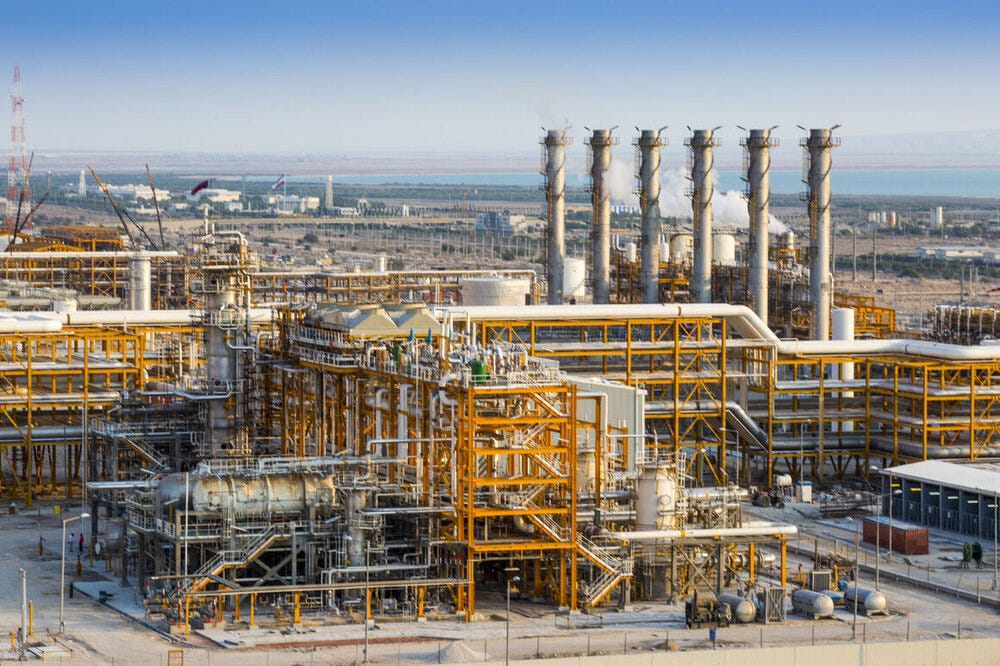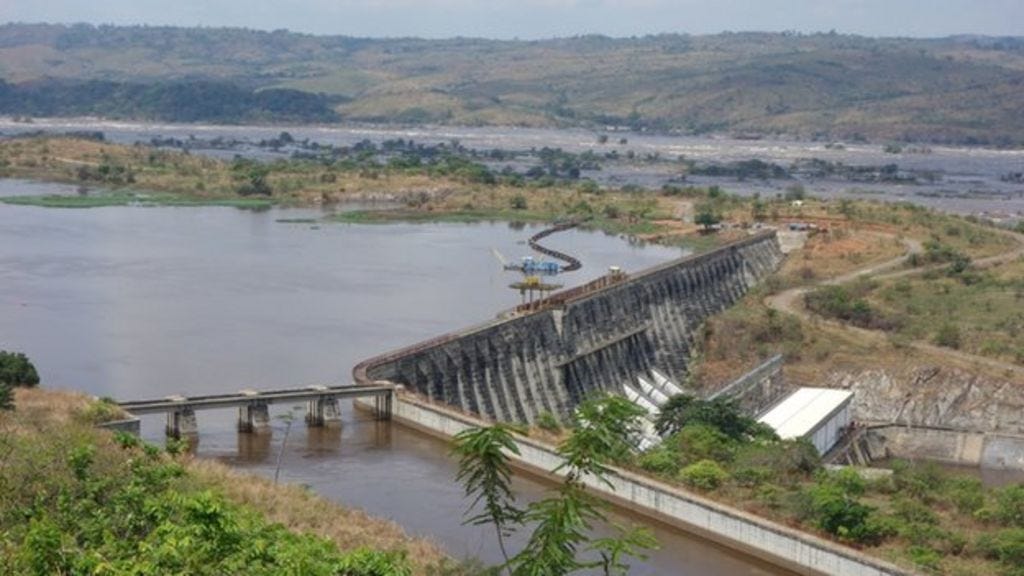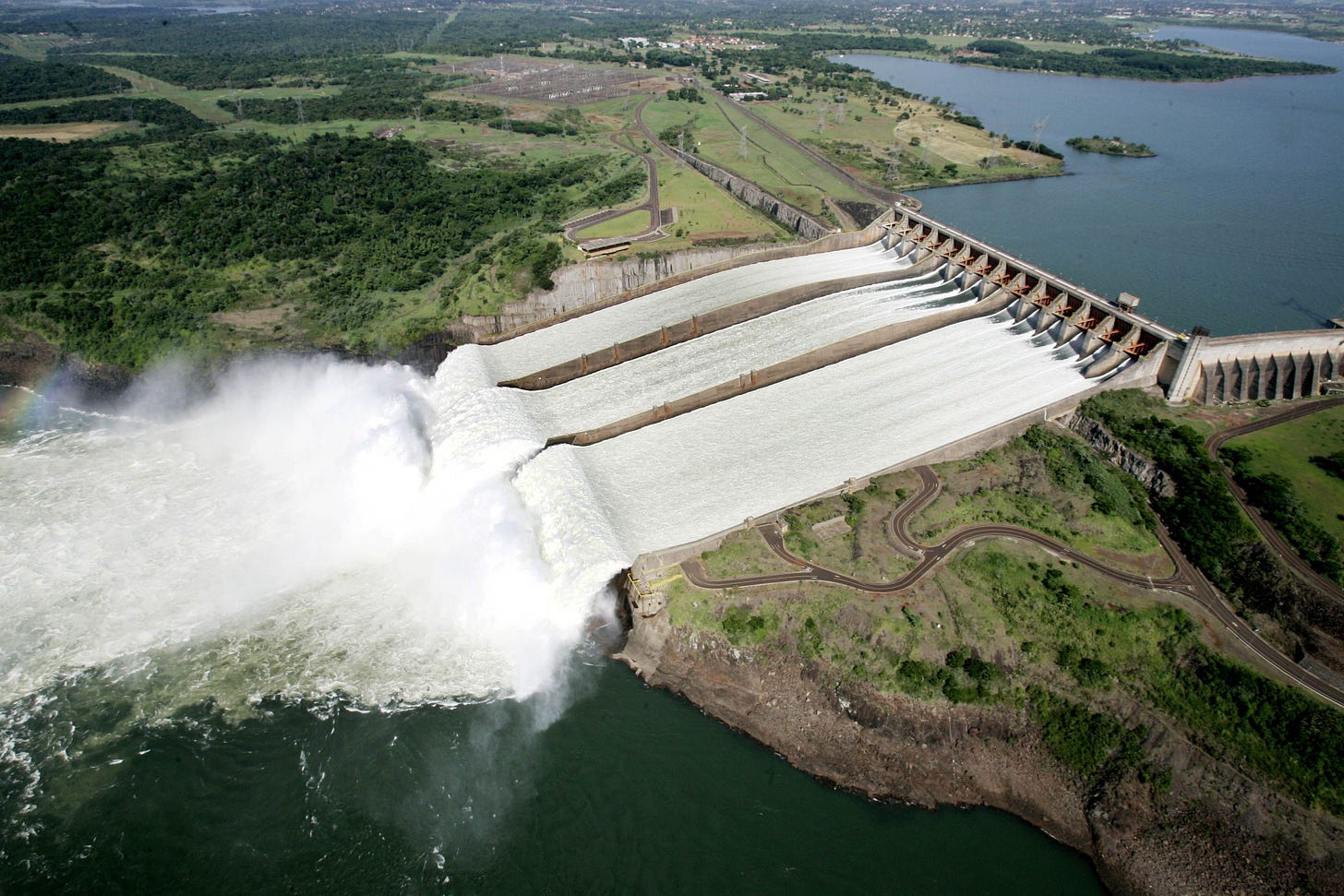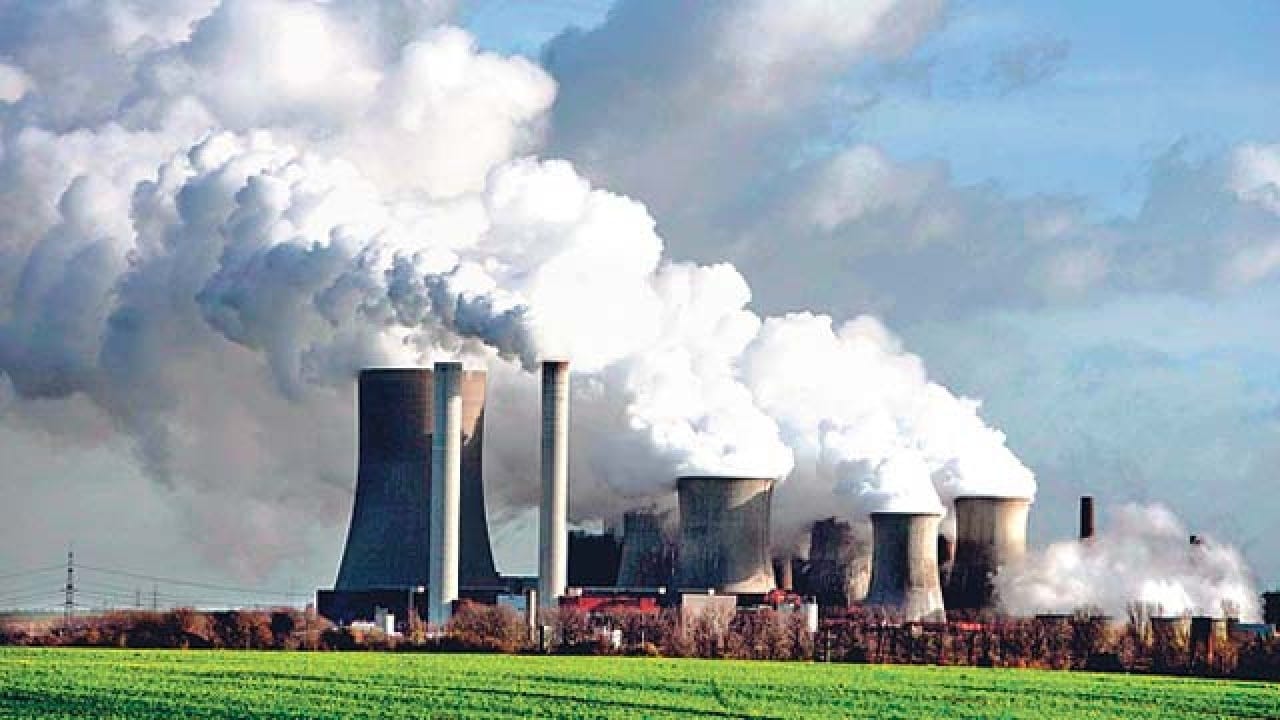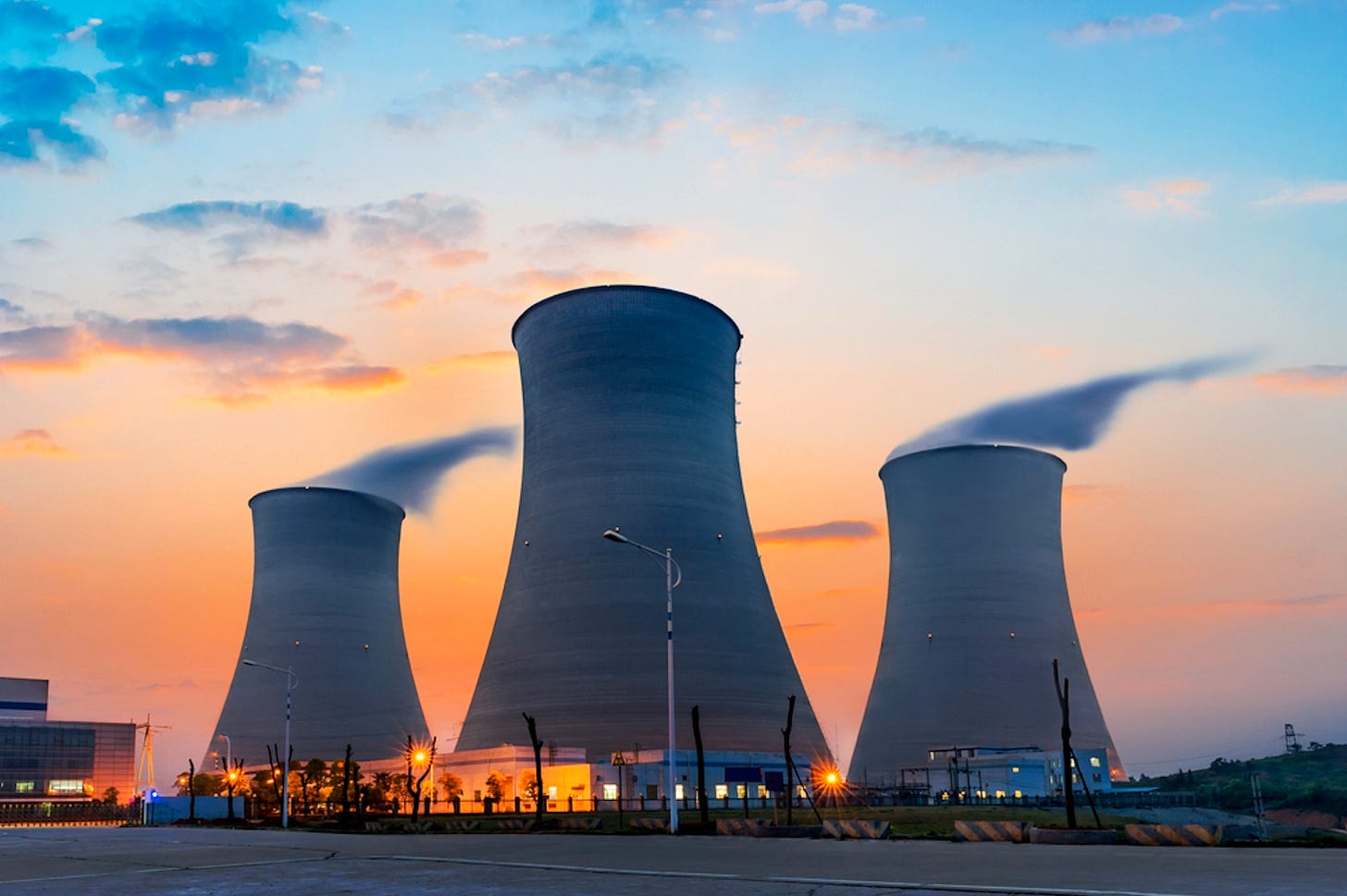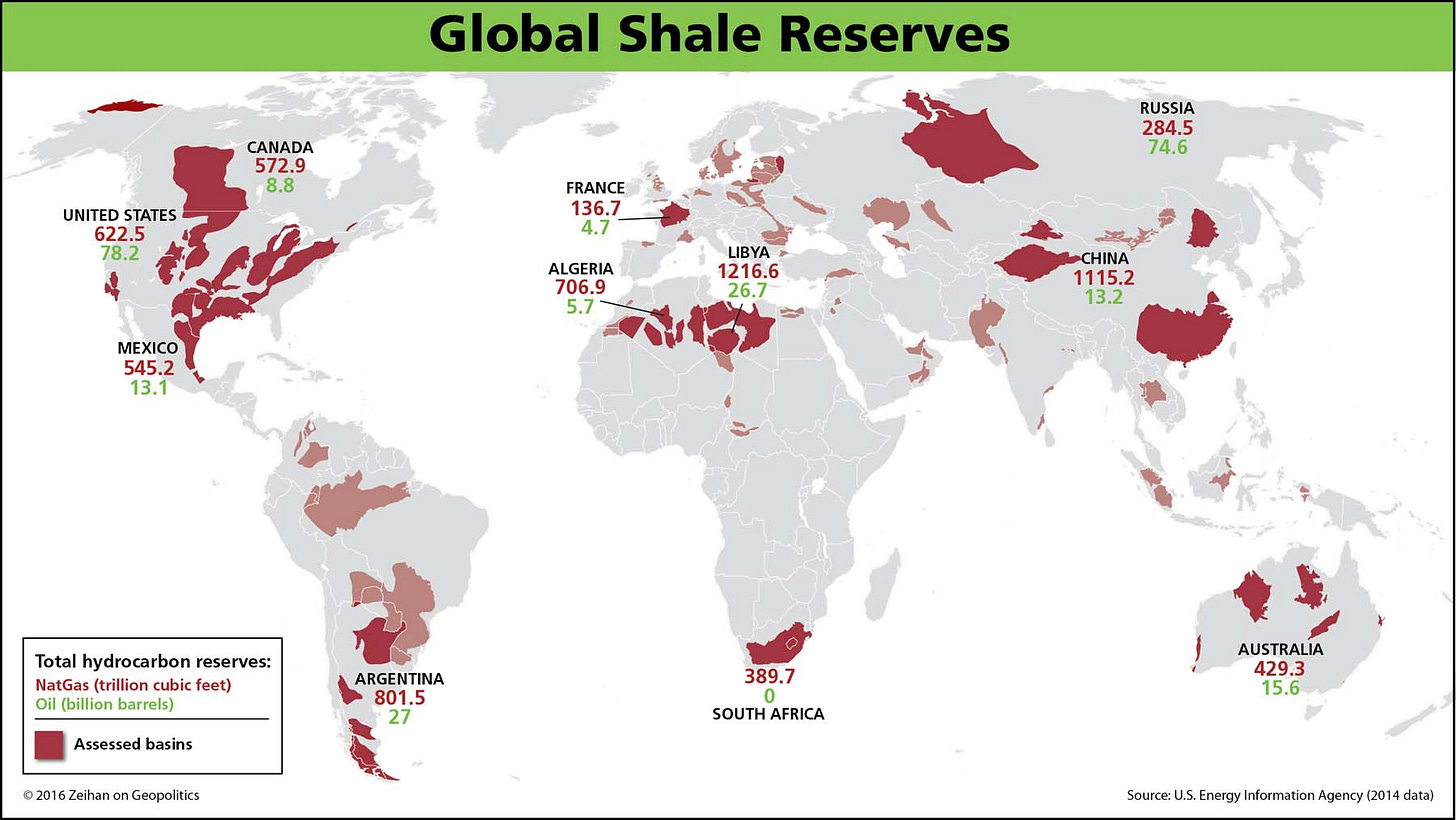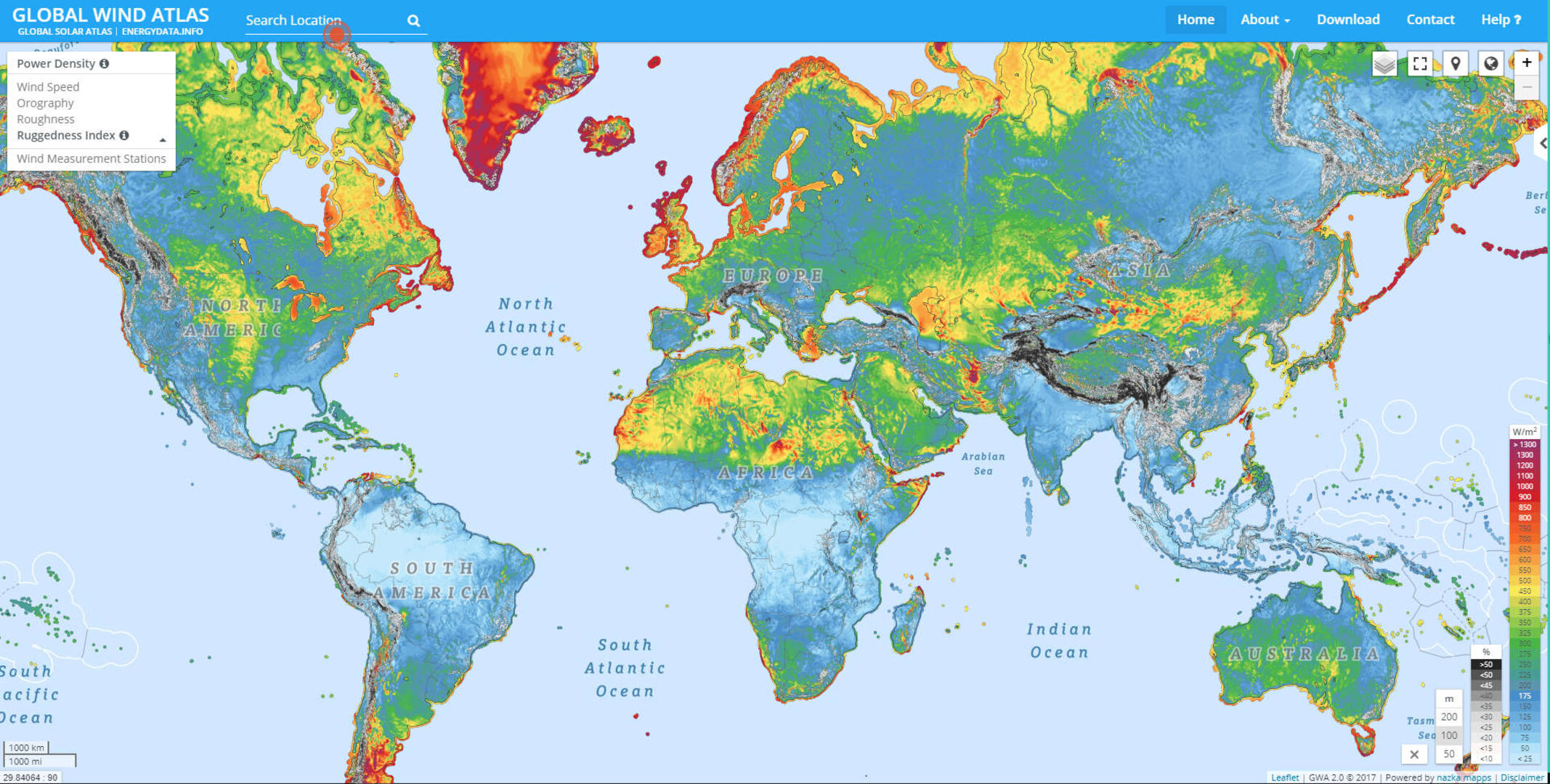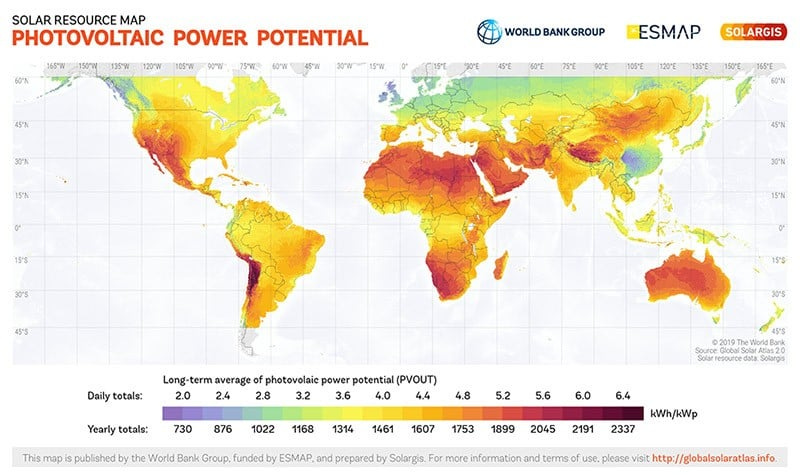Why Developing nations need to use more fossil fuels
despite what Greens say
In previous articles, I made the case that most Western development theories are not very useful for developing nations. Reforming institutions, begging for more foreign aid, promoting democracy and human rights, and sustainable development are all very unlikely the create long-term widely shared economic growth.
Wealthy Western nations can help developing nations by:
But let’s face it. There is only so much wealthy Western nations can do to help. Using the concept of the Five Keys to Progress, I narrowed down the list of necessary preconditions for material progress to identify what developing nations are missing.
In a previous article, I argued that the key task for developing nations is to create thriving export industries. The nature of the industry that is needed varies greatly over time. In the distant past, a mineral or crop might have been sufficient. More typically today, it requires some form of manufacturing. Textiles, steel, and consumer electronics are all industries that played critical roles in various nations during their initial industrialization.
Manufacturing exports inject wealth into the region and accelerate economic growth. The wealth created by high-value-added export industries can then be spent locally by its employees, generating demand for a gaggle of smaller local businesses. This wealth also creates a steady revenue stream for governments to invest in education, health, transportation, sanitation, and energy infrastructure.
In this article, I argue that developing nations need to rapidly expand their energy usage and only fossil fuels can meet their needs at scale. Nuclear power and hydroelectric dams can also play an important role.
The following is an excerpt from my book Promoting Progress: A Radical New Agenda to Create Abundance for All. You can order e-books at a discounted price on my website, or you can purchase for full price on Amazon.
You can read other articles on developing nations, including:
Why developing nations are still poor:
What wealthy nations can do to help developing nations:
What developing nations can do to help themselves:
Since I have written many articles that discuss energy policy, I will not go into as much detail on desirable energy policies for developing nations here. The Progress-based energy policy for developing nations is very similar to what I previously proposed for wealthy nations.
In summary, I believe that wealthy nations should complete the Third Energy Transition by increasing the usage of natural gas, nuclear power, and hydro-electric power, while gradually phasing out coal. This enables wealthy nations to:
Promote long-term economic growth with abundant, affordable, and secure energy.
While mitigating the negative side-effects of that progress on the natural environment. This includes carbon emissions, air pollution, water pollution, wild habitat destruction, extinctions, and human health concerns.
Developing nations even more desperately need abundant, affordable, and secure energy to:
Power export industries
Keep their electrical grid producing enough electricity to meet demand 24/7/365 across the nation
Enable individuals to purchase household appliances that dramatically increase their material standard of living.
Power a network of modern infrastructures:
Transportation
Sanitation
Water
Health care
Education and many more
This means that while wealthy nations should favor natural gas, nuclear power, and hydropower over coal, developing nations should focus on the cheapest energy source in their geography. In many cases, this means expanded use of coal.
When developing nations innovate new export industries, they should invest a significant proportion of the proceeds into building an abundant, affordable, and secure energy system. In particular, a robust electrical grid will allow consumers to reliably power many of the electrical devices that wealthy nations take for granted.
Among these electrical devices are pumps for indoor plumbing, lights, computers, mobile devices, the internet, air conditioning, fans, refrigerators, freezers, microwaves, ovens, clothes washers, and clothes dryers. In the long run, it will also include electric cars and trucks.
These electrical devices may seem like trivial items for consumers in wealthy nations, but they greatly improve the quality of life of people living in developing nations. They also drastically reduce the number of hours that women need to devote to household choirs. This gives women more time for child-rearing and employment. Many of these items are fairly inexpensive to purchase, but they are heavily dependent on a reliable electrical grid, which many developing nations do not have.
Just as abundant, affordable, and secure energy is essential for economic growth in wealthy nations, it is equally important in developing nations. An abundant, affordable, and secure energy system will enable developing nations to power farms, sanitation, hospitals, health clinics, schools, government buildings, factories, housing construction, transportation, and other vital systems. Affordable electricity makes everything else more affordable.
The most dangerous threat to abundant, affordable, and secure energy in developing nations are Green energy policies that are hostile to fossil fuels. Greens have pushed an idea of “sustainable development” based upon promoting wind, solar, and organic farming in developing nations.
“Sustainable development” is not sustainable economically, nor will it lead to development. We need a Progress-based development model that promotes long-term economic development while gradually transitioning developing nations onto lower carbon energy sources.
To the best of my knowledge, there is not a single example of a nation experiencing rapid economic growth without the widespread usage of fossil fuels. Any developing nation that refuses to use fossil fuels is guaranteeing that it will not transition to progress. Moreover, if a developing nation already have progress going, refusing to use fossil fuels would be one of the fastest ways to kill that progress.
Just don’t do it.
To experience long-term economic growth, developing nations leverage the revenues generated from export industries to:
Phase One:
Construct an abundant, affordable, and secure electrical grid based on natural gas, nuclear, hydroelectric, and coal. Wherever possible, prefer the first three sources over coal.
Where geography and economics allow, these power sources can be supplemented by solar, wind, and geothermal, but natural gas, nuclear, hydroelectric, and coal will produce the vast majority of the electricity.
Encourage American shale gas companies to explore, drill, and distribute shale oil and gas within your national borders. This will lower the cost of domestically produced natural gas, making it cost-competitive with other energy sources.
Construct a rail, road, and shipping transportation system based on internal combustion engines and petroleum.
Do not make any global commitments to lower carbon emissions. Focus on promoting long-term widely shared economic growth.
Phase Two (i.e. after the above has been accomplished and your nation has experienced economic growth for a significant period of time):
With the Grand Bargain that I proposed, gradually phase out coal in favor of the other energy sources listed above.
When wealthy nations make electric cars and their batteries affordable, electrify your transportation system. Ignore electric cars until they are more affordable than ICE cars and you have an affordable and secure electrical grid.
As wealthy nations invent new energy sources (with incentives from innovation prizes) shift towards them as the economics allow you to. In the meantime rely on proven energy sources such as those listed above.
Maybe sometime in the future, we will have nuclear fusion or wind/solar/geothermal power that can be easily purchased by developing nations, but not now. Developing nations should focus on what works and then deal with any negative environmental consequences later, when they are much richer.
While I disagree strongly with the Green goal of eliminating fossil fuels, I do believe that we should limit the growth of global carbon emissions in a way that does not undermine long-term economic growth. Unfortunately, in many developing nations, by far the most cost-effective means to generate electricity and power industrial processes is by burning coal.
Particularly in East Asia, South Asia, and Southeast Asia, solar and wind are simply not an option due to geographical constraints. This region is critical because half the human population lives there and the bulk of the developing nations are experiencing long-term economic growth.
Fortunately, there are other options if wealthy nations implement the Progress-based energy policy. Conventional natural gas and shale gas fields are widespread enough in Asia that energy companies can extract vast amounts of low-carbon energy. This, combined with the incentives of a coal tax will encourage Asia to shift from coal to natural gas, nuclear, and hydroelectric power.
China has the largest technically recoverable shale gas resources in the world. India has a very large shale field underneath the Ganges river basin, where the majority of its residents live. Indonesia, Bangladesh, Pakistan, Argentina, Algeria, Mexico, and South Africa also have substantial shale gas fields. Note that some of this newly discovered fields are not displayed on the graphic above.
Many developing nations have shale gas resources, but what they are missing the technology, skills, organizations, and capital to exploit those critical energy resources. Unlike conventional gas fields, every shale gas field has very different geological properties that make extracting the gas a unique challenge.
Currently, the United States is the only nation that possesses the necessary technology, skills, and organizations. By cooperating, American shale companies and Asian nations can greatly increase natural gas production, enabling coal to gradually be phased out.
In the more distant future, the innovation prizes may lead to a radical new energy source that is far better than any current one. Until my proposed Progress-based energy policy is implemented, Asian nations will continue to construct coal-burning power plants, whether Greens like it or not.
Is there a role for solar and wind?
To be clear, I am not opposed to solar and wind. I am opposed to the government either forcing via mandates or subsidizing their construction where the geography and local cost structure do not make them competitive with other energy sources that are readily available.
A global map of wind resources is not encouraging for developing nations (see below). If we focus on the yellow, orange, and red areas where wind would be cost-effective, the only potential regions are:
Southern South America, particularly Argentina and Uruguay
The Sahara desert and Somalia
Parts of Central Asia
Gobi desert in China
Outside these areas, wind turbines are simply not cost-effective enough for developing nations to afford them. And given that wind is very erratic, and developing nations cannot afford utility-scale batteries, wind does not offer the stability needed.
There are some off-shore wind resources, but this technology is still not cost-effective even for wealthy nations.
The wind map is especially bad for East Asia, South Asia, and Southeast Asia where the majority of humanity lives. Wind is simply not a cost-effective option for any nation other than China. And even in China wind resources are concentrated in the very sparsely populated Gobi desert. You can read more about the problems of wind in Asia.
Solar power is far more viable for developing nations because it delivers electricity at times when humans need it, and sunny regions (in dark red below) are far more widespread geographically:
Andes mountains
Sahara desert
Southwest Africa
The Arabian Peninsula and Iran
The Himalayas
Gobi desert
In those regions, adding solar to a base load of fossil fuels, nuclear, and hydroelectric may be cost-effective. But asking a developing nation to power its factories and infrastructure exclusively on solar is setting them up for failure.
Unfortunately, the solar potential map is especially bad for East Asia, South Asia, and Southeast Asia where the majority of humanity lives. Solar is simply not a cost-effective option for any nation other than China. And even in China wind resources are concentrated in the very sparsely populated Gobi desert. You can read more about the problems of solar in Asia.
So while solar and wind may be a viable supplement in developing nations as the cost decreases, they cannot come close to substituting for fossil fuels. That does not mean that developing nations should not focus on sustainability. They should, but not the type of sustainability that Greens focus on.
Economic sustainability trumps environmental sustainability. This is particularly true for developing nations.
Most of the above was an excerpt from my book Promoting Progress: A Radical New Agenda to Create Abundance for All. You can order e-books at a discounted price on my website, or you can purchase for full price on Amazon.
You can read other articles on developing nations, including:
Why developing nations are still poor:
What wealthy nations can do to help developing nations:
What developing nations can do to help themselves:


